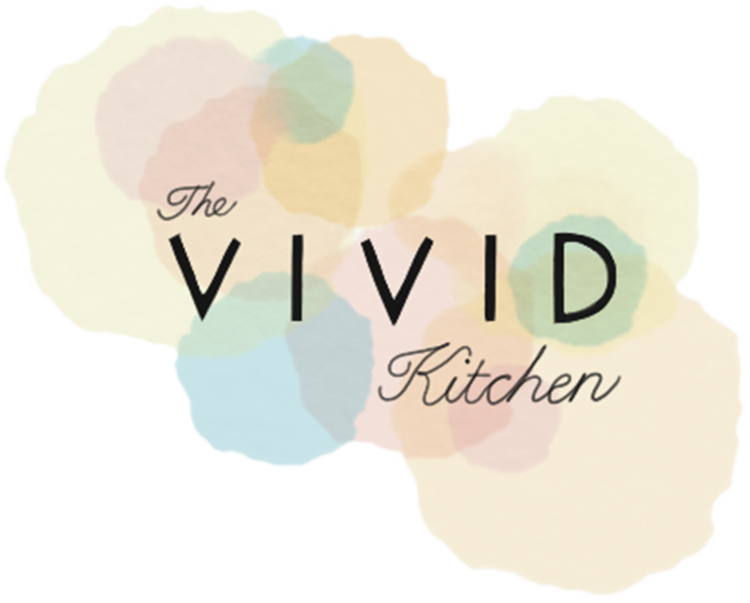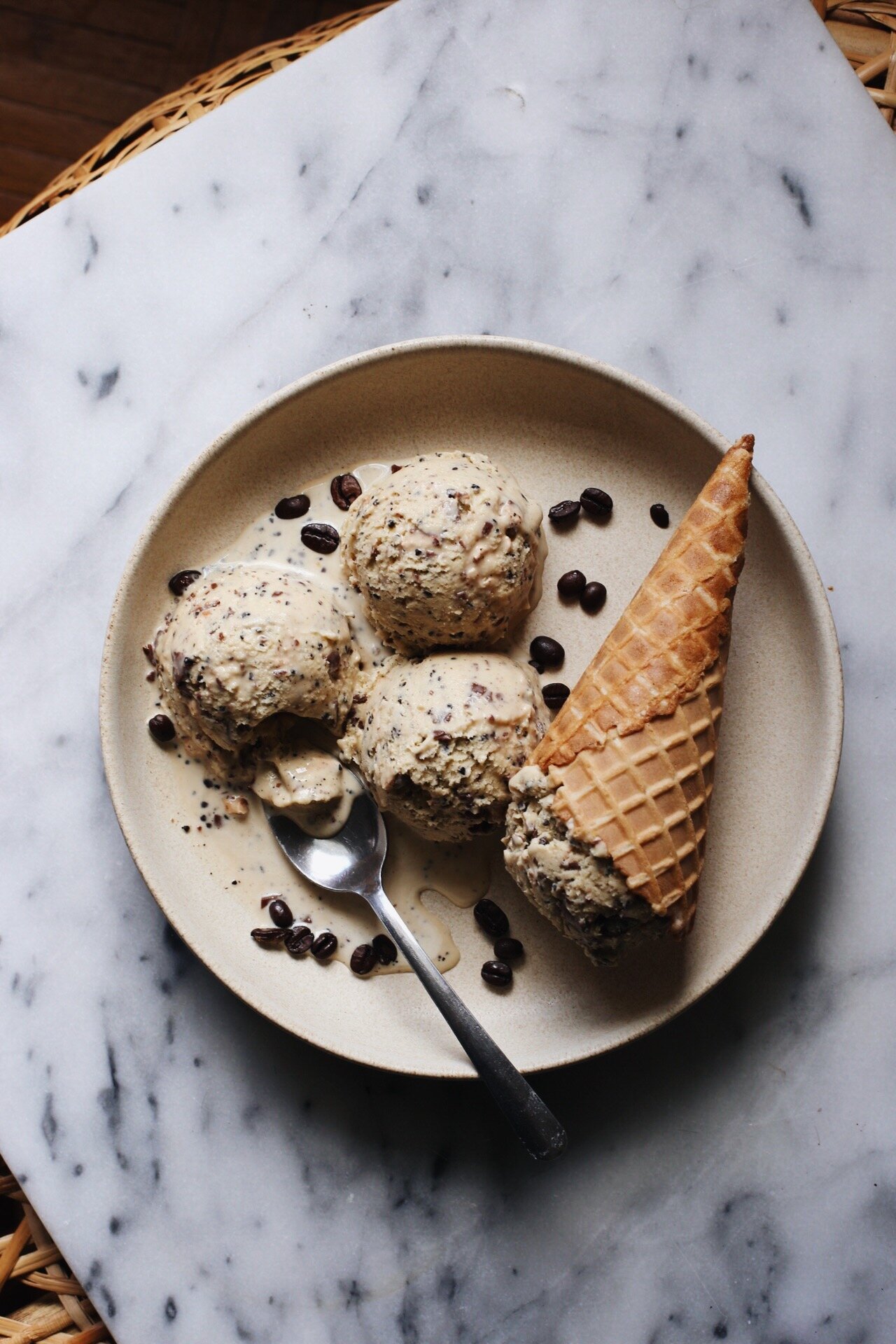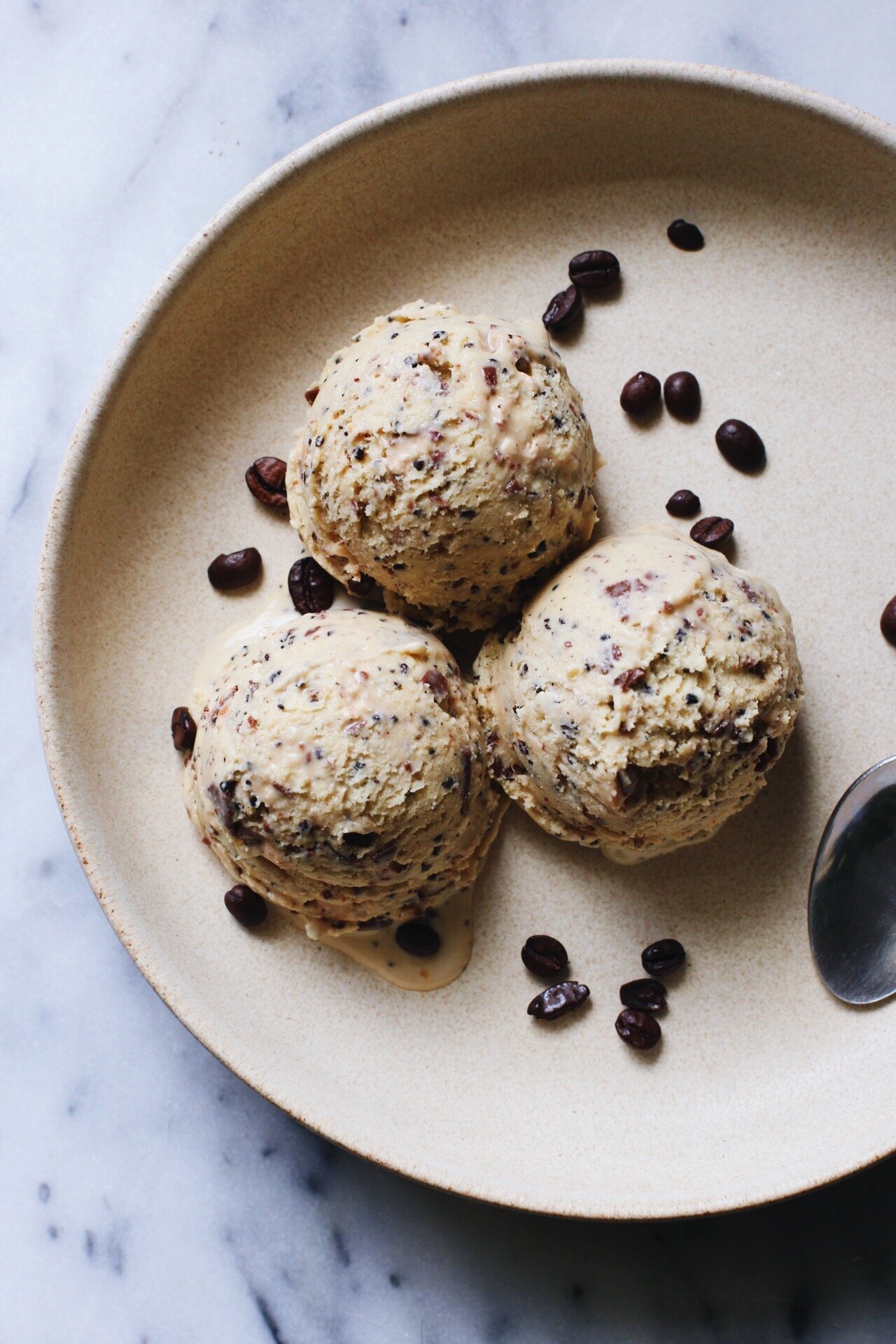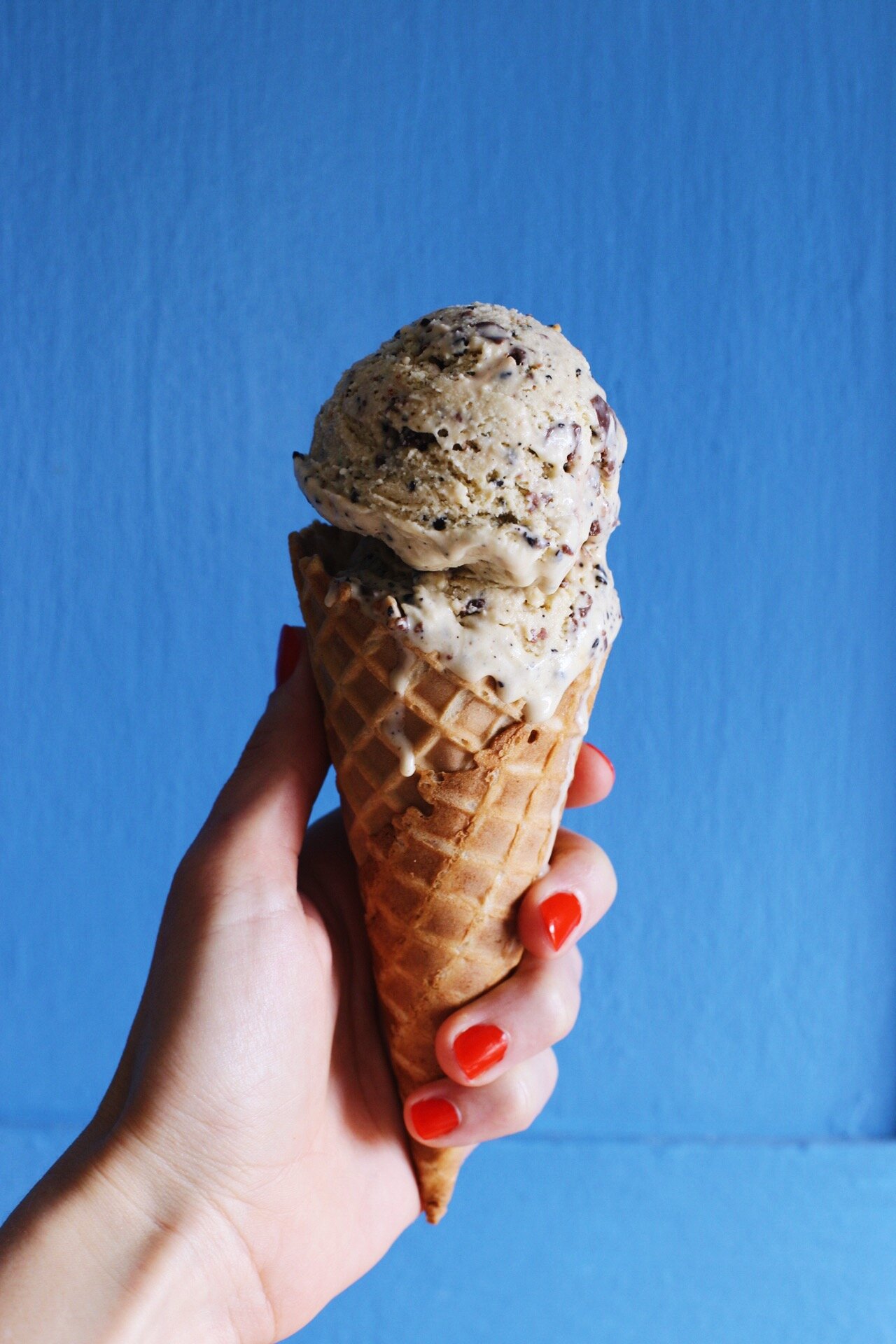So far on The Vivid Kitchen, I've featured a fruity, refreshing sangria, a spicy margarita with beautiful winter grapefruit, and a bitter-infused Moscow mule by way of Berlin. When my sister generously brought me back a bottle of rum from her honeymoon in Kauai, I knew it was high time that I featured a recipe showcasing the "island" liquor.
Although rum isn't my first choice when it comes to liquor (that award goes to tequila), I can never say no to a great rum cocktail. I'm a sucker for tropical, tiki drinks like traditional piña coladas with all the bells and whistles, and will order just about anything that a tiki bar has to offer. Side note: my favorite tiki bar would definitely have to be Lost Lake in the Logan Square neighborhood of Chicago - if you ever have a chance to visit Chicago, set aside some time to get a drink or two at this bar!
Today, we are focusing on the mojito and because it is summertime, we are enhancing the cocktail by adding fresh watermelon juice. After doing some research, it appears that bartenders actually hate making "traditional" mojitos for patrons due to the mess it makes and how time-consuming the muddling process is (the traditional method involves a step of muddling together lime juice, mint, and sugar). Yes, the process is a bit messy, albeit probably more so due to the added watermelon element, but I don't find it any more time-consuming than making a spicy margarita or an old fashioned. But for those who just can't simply bear the thought of adding any extra time between them and their mojito, there is actually an alternative method to making mojitos that requires zero muddling. In my favorite bar book, you have the option to use the "shaken method" which is pretty self-explanatory: add ingredients to a shaker, shake vigorously with ice, pour everything out into a glass, and top with club soda. Pretty simple. So to make it easy for everyone, I will include both methods, "traditional" and "shaken", today in my directions.
In order to get fresh watermelon juice, all you have to do is cube up some watermelon, add it to a blender and then pour over a fine-mesh strainer. This takes care of getting rid of any seeds or pulp, and leaves you with a perfect, smooth juice. The problem that I ever have with watermelon, and it is actually such a bummer, is when I buy a huge one and take it home only to find that it's not ripe! I always have thought that I am the master of choosing the "right" watermelon (I test to see if it sounds hollow, I look for the 'field patch', etc.), and yet I sometimes bring home an unsweet melon. If you just so happen to bring home a less-than-perfect watermelon, I would try to remedy the problem by adding another teaspoon of sugar to the recipe. What hurt could more sugar do? NOTHING!
Watermelon Mojitos
Makes 1 cocktail
Recipe adapted from The Ultimate Bar Book by Mittie Hellmich
Ingredients
1 oz. fresh lime juice
2-3 tsp. granulated sugar
6-8 fresh mint leaves
2.5 oz. light rum
3 oz. fresh watermelon juice
Splash of soda water
Directions
Make the watermelon juice: Cut half of a small/medium watermelon into cubes. Place in a blender, and blend until puréed. Pour the juice over a fine mesh strainer to rid of any seeds and pulp. This will give you a couple cups of fresh juice, so you will definitely have leftovers for more mojitos. Store leftovers in the fridge.
Traditional Method: In the bottom of a highball glass, or any glass of your choosing, muddle the fresh lime juice, sugar, and mint leaves until the sugar is dissolved. Add the rum and watermelon juice. Top off with ice and soda water.
Shaken Method: Place the fresh lime juice, sugar, mint leaves, rum, and watermelon juice with a handful of ice in a shaker and shake vigorously for about 10 seconds. Pour out all contents of the shaker (mint, ice, etc.) into a highball glass, or the glass of your choosing, and finish with a splash of soda water.












